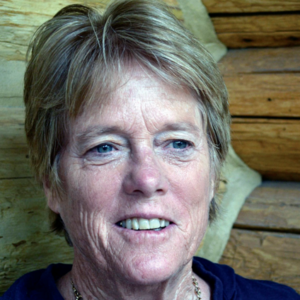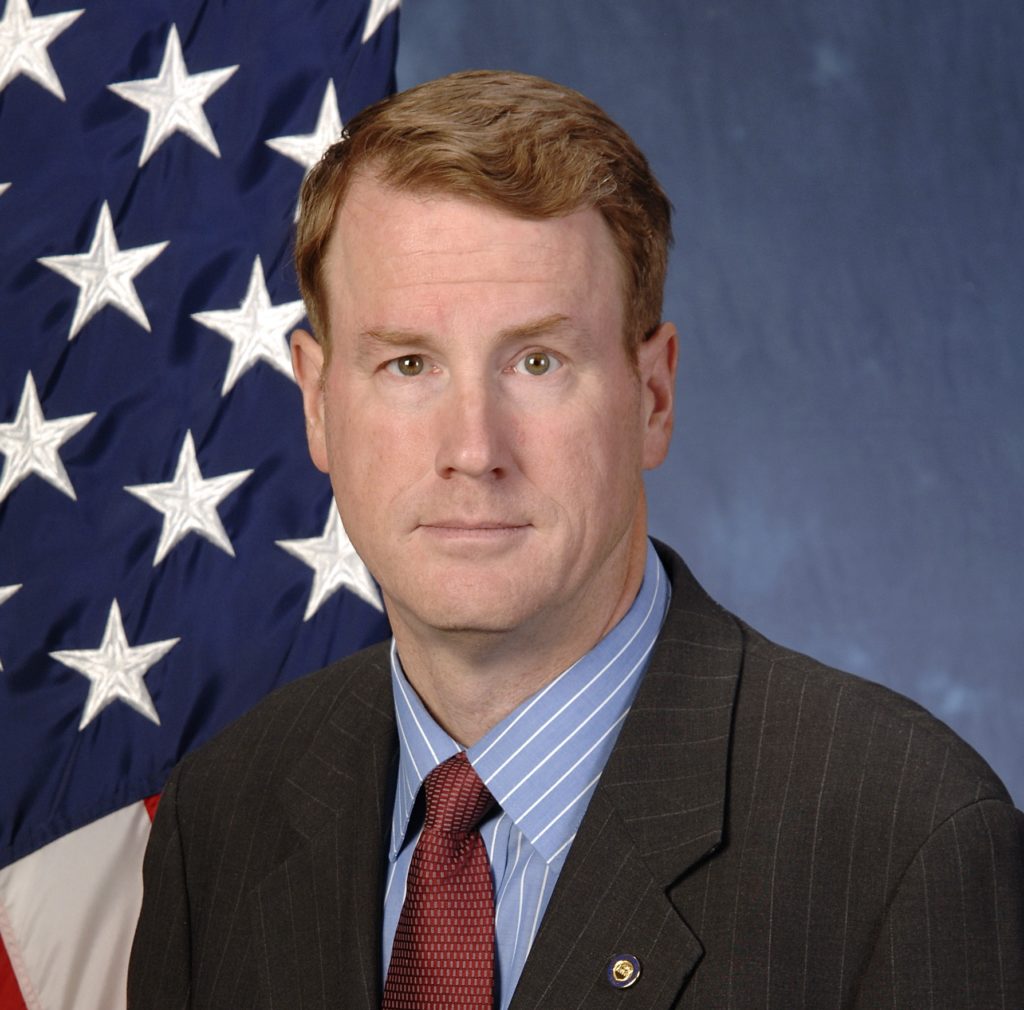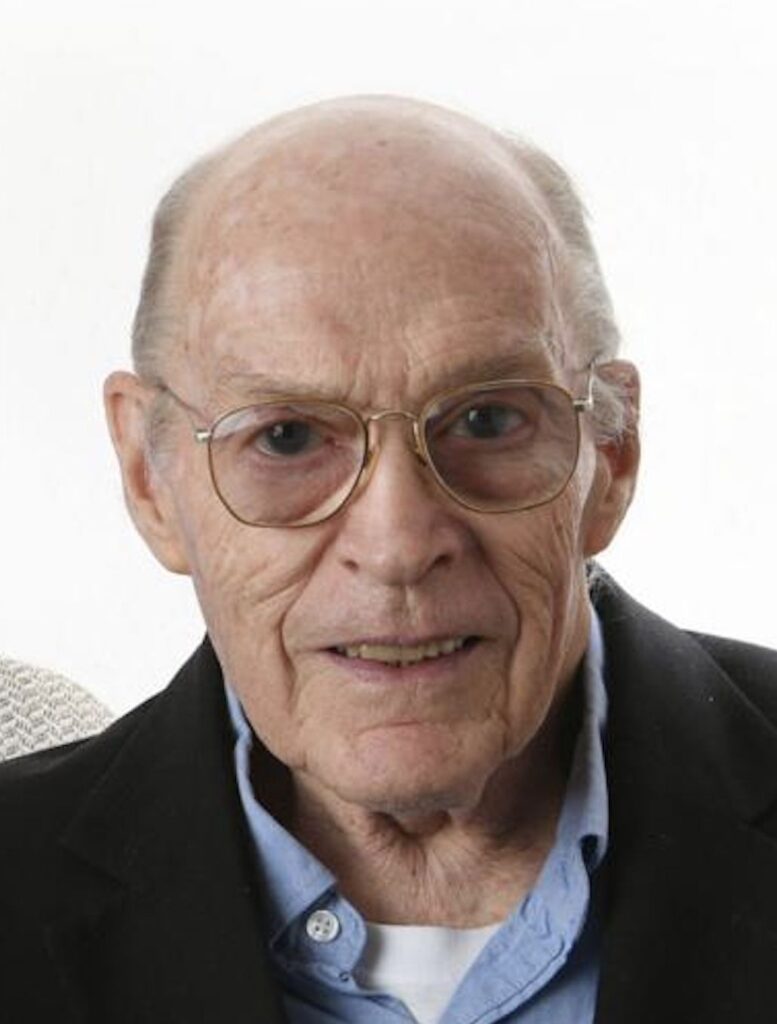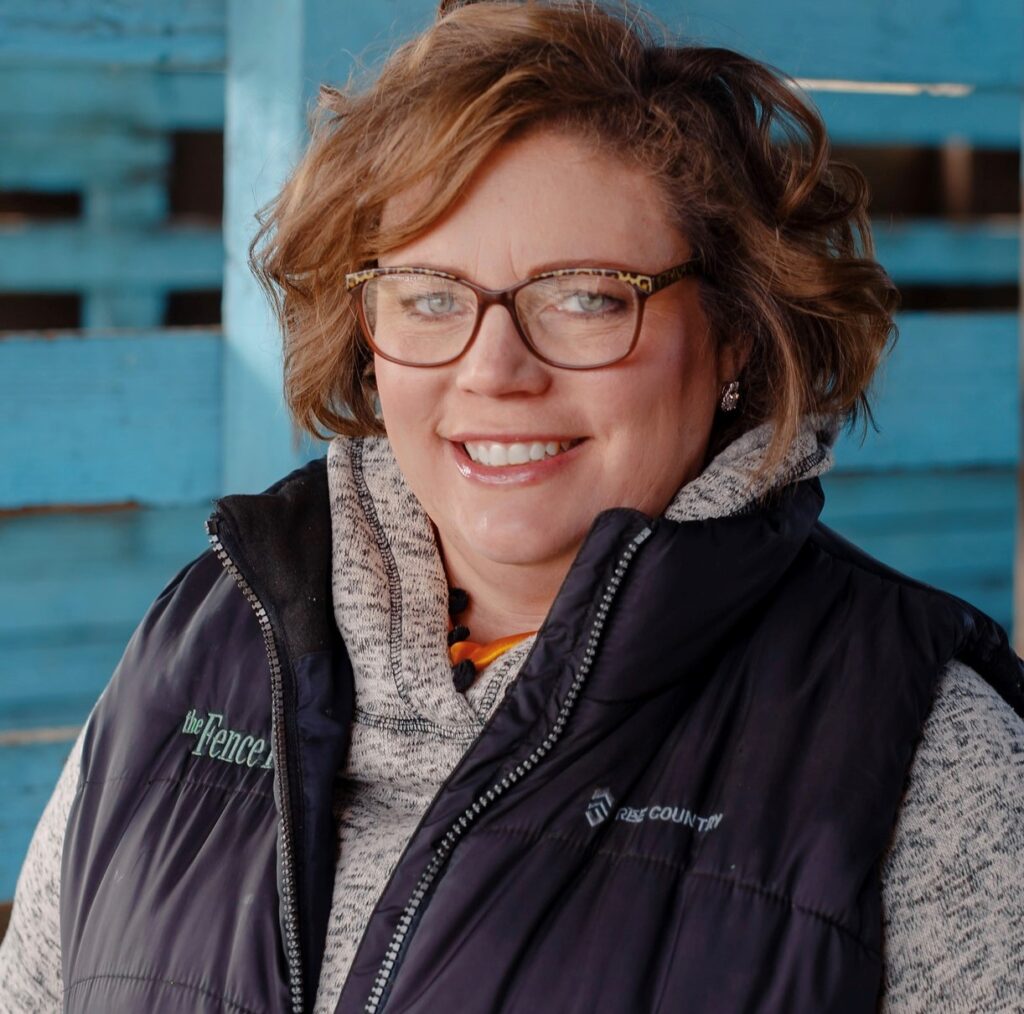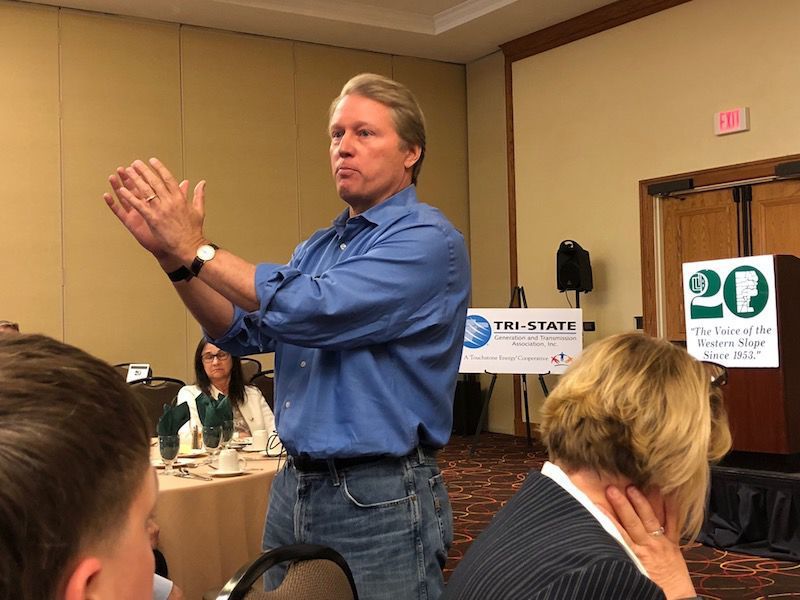Colorado did it correctly | BIDLACK

Hal Bidlack
Many years ago, when I was still teaching at the Air Force Academy, I attended a conference in Washington D.C. and happened to be seated at a dinner next to a man who introduced himself as Charlie Cook. I asked him what he did for a living — often a very interesting question to ask in D.C. — and he told me he had a little political publication, the Cook Report, that did inside-the-beltway reporting on the Washington political scene. He was being modest.
We had a great conversation and exchanged cards, and a few days after I got home I found he sent me a complimentary copy of the Cook Report, and it was then and is now, the gold standard for reporting in a nonpartisan way on what’s happening in our national government. I thought about subscribing, but I confess the $350-per-year cost was more than I could handle then.
The Cook Report is, in my view, the best source for information on competitive races, and their expert analysis shows out of the 435 House seats up every two years (remember from civics, we elect the entire House every two years, along with a third of the Senate, and the president every four years), only 22 seats are truly competitive.
Stay up to speed: Sign up for daily opinion in your inbox Monday-Friday
I thought about Mr. Cook when I read a recent Colorado Politics story on the recent very close race in the U.S. House for Colorado District 8, the new district recently created and specifically designed to be highly competitive. Republican Gabe Evans won the seat by 0.74 percentage points. That, my friends, is a competitive district. The Founders would be happy about that.
But unfortunately, that means only about 5% of House seats are really and truly up for grabs every election, and that is a very bad thing, in my view. Cook reports the Dems have about 175 solid seats (think CD-2 in Colorado) and the GOPers have 191 (think CD-5, where I ran quixotically in 2008). Those seats are secured in large measure by gerrymandering done by both sides (though the GOPers are far more ruthless). Then there are about 30 House seats likely-Democratic or lean-Democratic and 17 or so that are likely-GOP or lean-Republican.
And that leaves both parties shy of the 218 (the majority of 435) needed to control the chamber. Thus those 22 truly up for grabs seats are the key to getting and keeping power. The toss-up seats are not distributed evenly across the 50 states. Rather, they concentrate in a handful of states that have, or have had, some significant efforts made to create competitive races. California has the most, five, which makes sense given they have the largest congressional delegation at 52. Iowa has a couple, as does Pennsylvania and then other states have one, like Colorado.
That means, stunningly, only 14 of the 50 states have actually competitive races. Put another way, 36 states have congressional races that are, essentially, decided when the respective political party’s pick their candidates. Dems win the safe-Dem seats and GOPers win the safe-Republican seats. If you live in one of the 36 states (don’t worry, you don’t) you basically have no real choice in who will represent you. Rather shocking in a republic, eh?
The Founders would, of course, be appalled. Take a moment to reread Madison’s famous Federalist Paper No. 10, and you will see the idea was — given the large size of our republic, and human kind’s natural tendency to form into groups — the large number of groups that would naturally form would keep any one group from getting more power than the others. More simply put, human nature would result in ongoing political battles where the struggle for power would be ongoing and close.
Clearly, in 36 states and in 413 House districts, that “Madisonian Pluralism” is dead, and that’s really a shame. Colorado, however, has done the right thing. When our population increase earned us an additional seat in the House (at the expense of my old home state of Michigan), we had an independent commission, as closely balanced in terms of partisanship as possible, draw the lines of the new district, carved out of the old district map. It’s a difficult and tedious process, but it is far better than the rank partisanship seen in other states when it comes to drawing districts.
And so, though I would much rather have had the Democratic candidate win in CD-8, I do revel in the fact Colorado sought to create an actually competitive new district and we did, or rather the commission did. And though CD-2 and CD-5 are quite unlikely to shift dramatically in partisanship, there is some hope for the remaining districts to become more competitive after the next re-drawings after the next census in 2030. Will we end up with even more competition? The commission of that year will decide.
Stay tuned.
Hal Bidlack is a retired professor of political science and a retired Air Force lieutenant colonel who taught more than 17 years at the U.S. Air Force Academy in Colorado Springs.



